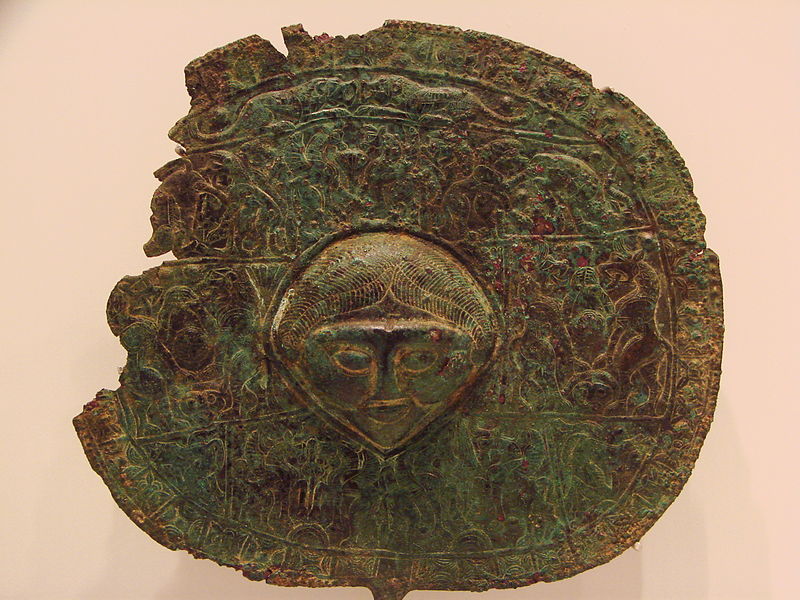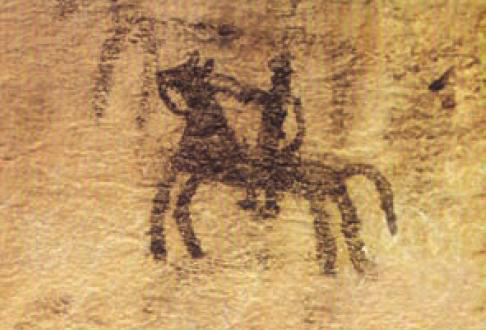Lorestān Province is a province on the west of Iran in the Zagros Mountains with area of 28,392 km2. The name Lorestān means “land of the Lors”. In the wider sense it consists of that part of western Iran coinciding with the province of Ilām and extending for about 650 km on a northwest to southeast axis from Kermānshāh to Fars, with a breadth of 150-180 km.

The province consists of mountains, with numerous ranges, part of the Zagros chain, running northwest to southeast. The central range has many summits that almost have perpetual snow, rising to 4000 m and more. It feeds most important rivers, such as the Zayandeh-Roud, Jarahi, Kāroun, Dez, Abi and Karkheh. Between the higher ranges lie many fertile plains and low hilly, well-watered districts. At KhorramAbad, the average annual precipitation totals 530 millimeters of rainfall equivalent, while up to 1270 millimeters may fall on the highest mountains. The months June to September are usually absolutely dry, but Khorram-Abad can expect 4 inches of rainfall in December and January.

The ancient history of Lorestān is closely intertwined with the rest of the Ancient Near East. In the 3rd and 4th millennium BC, migrant tribes settled down in the mountainous the Zagros Mountains. The Kassites, an ancient people who spoke neither an Indo-European nor a Semitic language, originated in Lorestān. They would control Babylonia after the fall of the Old Babylonian Empire ca. 1531 BC and until ca. 1155 BC.
The Lors constitute part of the southwestern branch of the Iranian peoples, who are spread across the Iranian plateau and beyond, stretching from the Hindu Kush to central Anatolia and from the Caucasus and Central Asia to the Persian Gulf-a region that is sometimes termed Greater Iran. Their language (called Lori or Lorish language) is closely related to Persian, and there are two distinct dialects. “Lor-e-Bozorg” (Greater Lor) is spoken by the Bakhtiaris, and “Lor-e-Kuchak” (Little Lor), spoken by the Lors. People in Boroujerd speak in Boroujerdi Dialect, a local Lori Persian dialect extracted from Lori. Northwest of Lorestān Province is dominated by Laki speakers. The overwhelming majority of Lors are Shia Muslims. Before the 20h century the majority of Lors were nomadic herders, with an urban minority residing in the city of Khorram-Abad by the mid-1980s the vast majority of Lors had beensettled in towns and villages throughout the province or had migrated to the major urban centers. Anumber of nomadic Lor tribes continue to exist in the province.
Reference: Cultural Heritage, Handicrafts & Tourism Organization of Iran, Iran Travel guide. Iran: 2018

